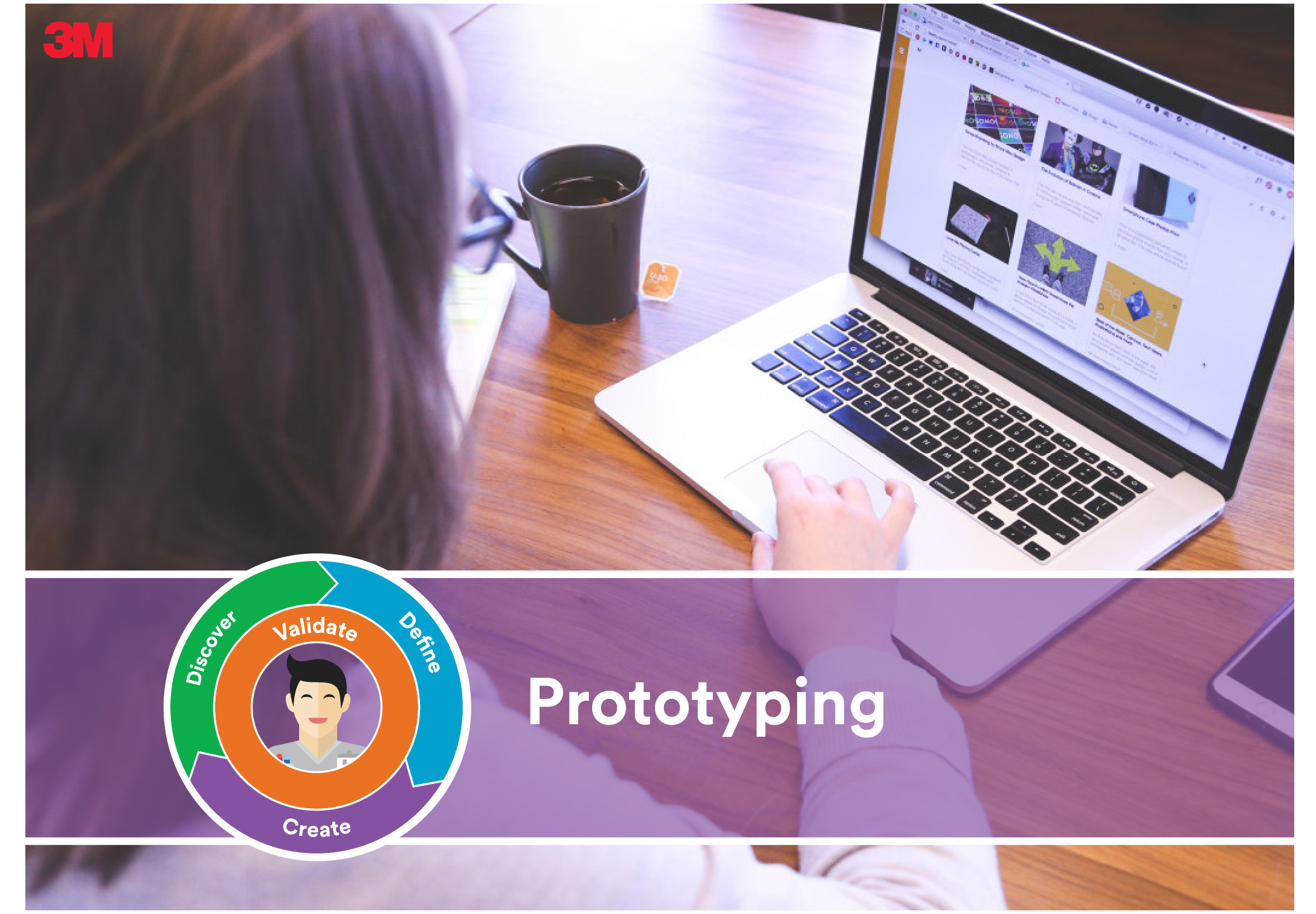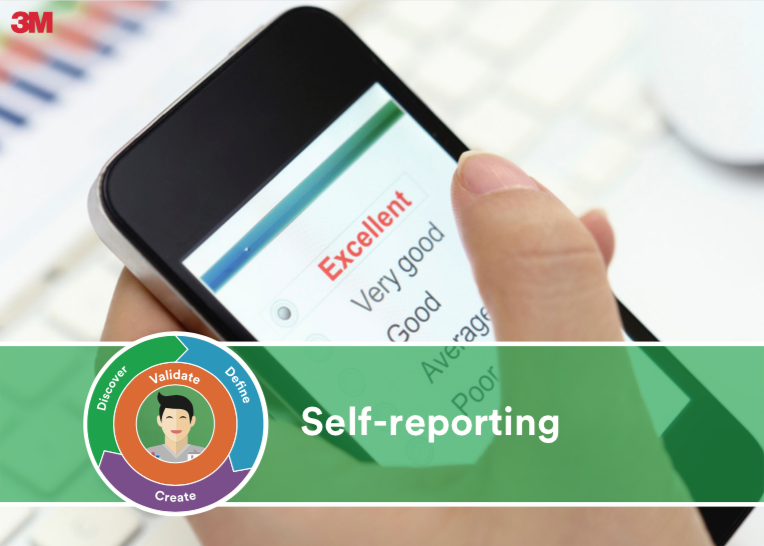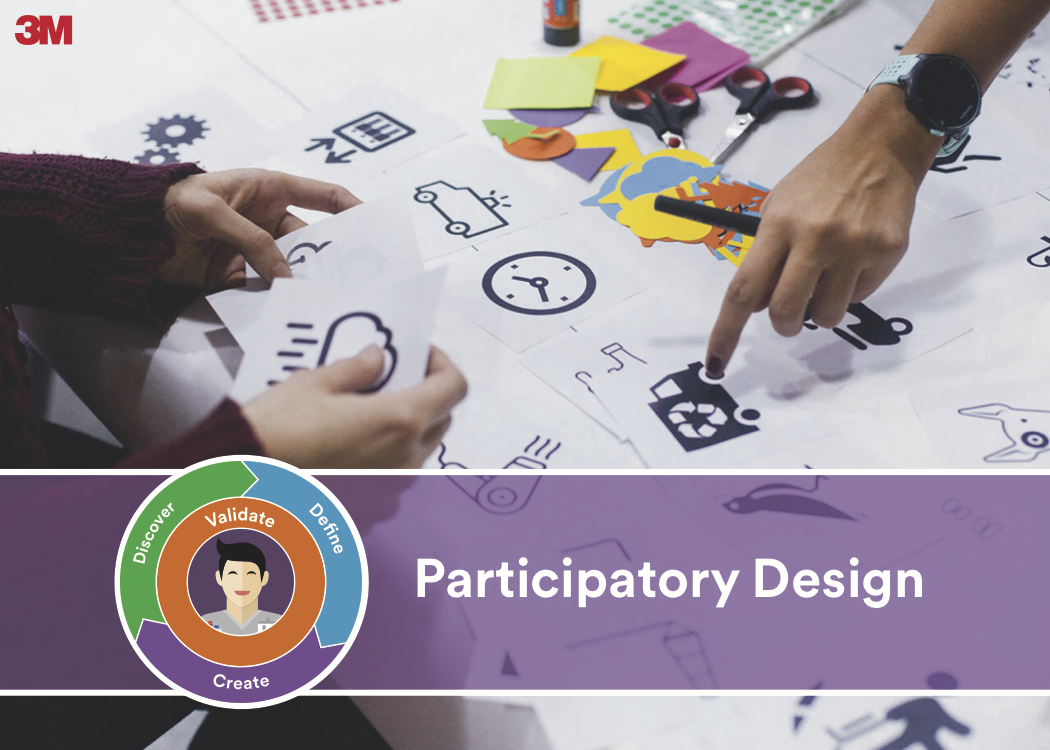
overview
Prototypes are an important part of design research. Giving research participants something tangible to react to is critical for gathering good feedback on design directions. In the early stages of the design process, prototypes can be be lower fidelity artifacts, such as sketches, storyboards, or concept videos. As the design direction is solidified, higher fidelity wire-frames and interactive prototypes should be used to better assess the intending user experience of the concept.
Participants
Design team
Duration
Varies by project
Result
Evaluation of current ideas and design directions
Output
Sketches, videos, storyboards, wireframes, clickable prototypes






